Embark on a journey where your passion for both art and science can thrive. Our collaborative undergraduate major in Scientific Illustration and Visualization (formerly Biological and Pre-Medical Illustration), housed within the Iowa State College of Liberal Arts and Sciences and shared with the College of Design, offers a vibrant community where creativity knows no bounds. With guidance from our dedicated faculty members, you’ll have the opportunity to unleash your imagination. Create visuals that simplify complex scientific concepts and processes, sculpt and print 3D models that can be used in a museum, develop educational materials that enhance health and wellbeing, showcase the biodiversity and the beauty of the natural world, or contribute to scientific breakthroughs—there are so many ways to follow your unique interests in blending science and art. Dive into a world where you can play a vital role in improving healthcare, research, public understanding of biology, climate science, and more.
Major and Minor
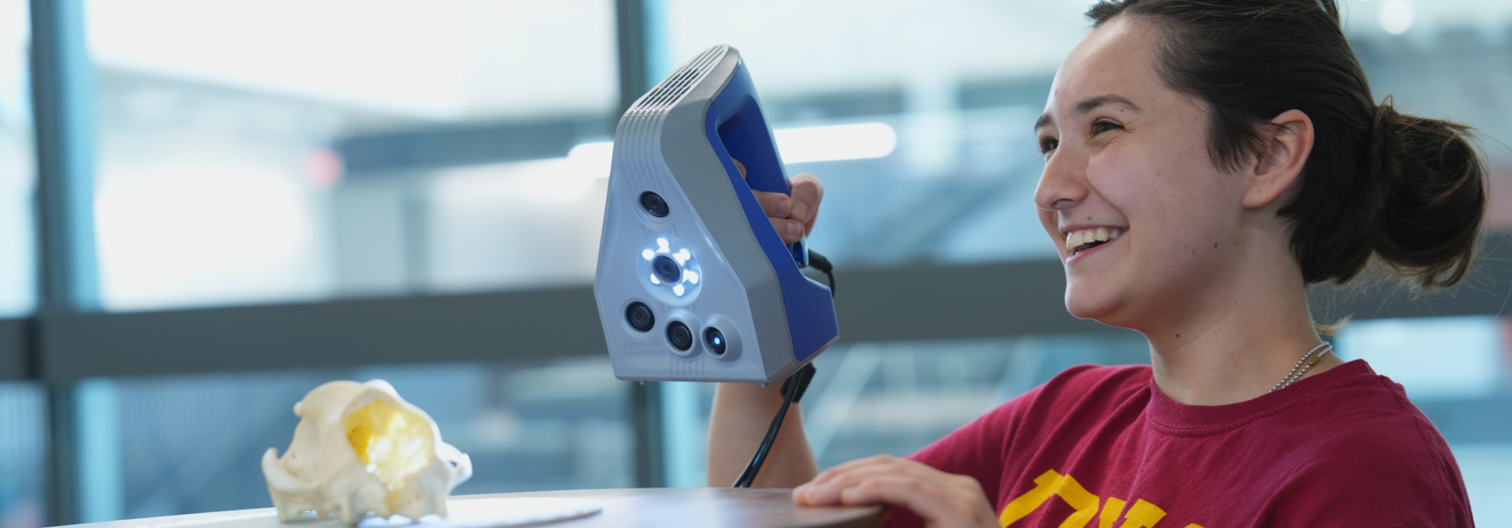
B.A. in Scientific Illustration and Visualization
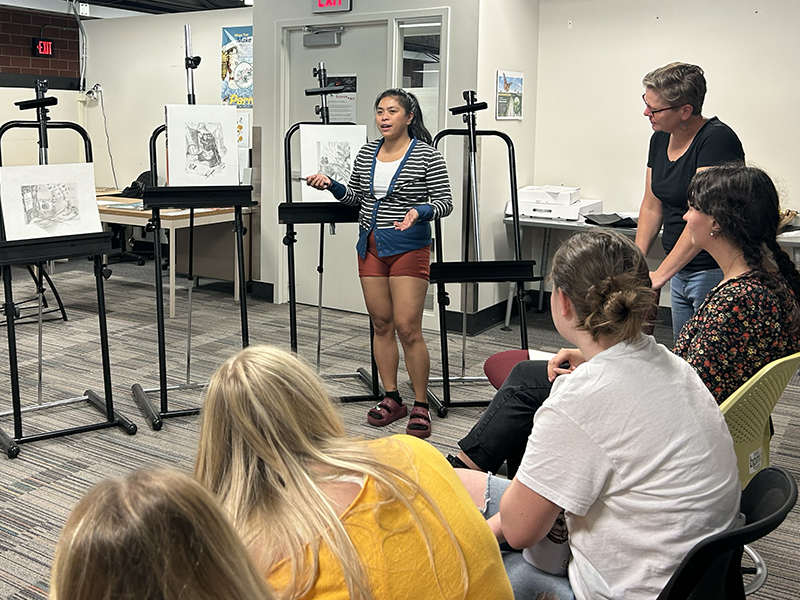
To earn the Bachelor of Arts (B.A.) offered by the College of Liberal Arts and Sciences, students must complete the general education requirements in LAS and take at least 42 credits in design and 32 credits in the sciences. Students currently enrolled in our B.A. in Biological and Pre-Medical Illustration (BPMI) will graduate with their current degree unless they switch to a new academic catalog in Fall 2025 or later. Current students must wait until Fall 2025 to declare the new Scientific Illustration and Visualization name.
The Art Core includes studios in: DSNS 1310 and ART 2300, ARTIS 2330, 3080, and 3300, BPMI/SCIVZ 3230, 3260, 3270, 3370, and 4970. In addition to the Art Core courses, students choose 12 credits from a list of approved upper level courses in art and design.
The Science Core begins with: BIOL 2110, 2110L, 2120, and 2120L. Then students select one course from the Anatomy domain: BIOL 2550 and 2550L, BIOL 2560 and 2560L, BIOL 3130 and 3130L, BIOL 3510 and 3350L, BIOL 3550, or 3660; and one course from the Physical Science domain: GEOL 1020 and 1020L, BIOL 3120, or BIOL 3150; and one course from the Plant Sciences domain: BIOL 3560, BIOL 3660, BIOL 4510, or BIOL 4540.
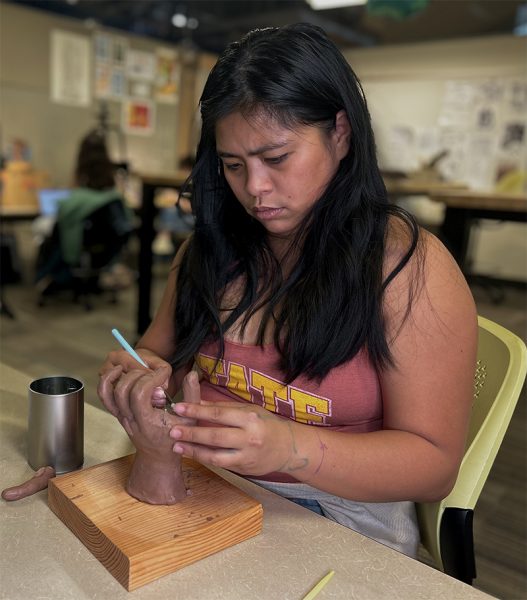
In addition to the Science Core courses, students choose at least 9 credits from a list of approved science courses.
Students must earn a grade of C- or better in all art and science courses included in the major and must earn an overall GPA of 2.00 in both categories. Students submit a portfolio of 10-15 pieces, a written essay, and transcript for admittance into the program their sophomore year.
Communication Proficiency Requirement. Students must earn a minimum of C in English 2500 and in one advanced writing course numbered ENGL 3020 through 3160.
Students must also complete a senior project or an internship experience in which they design and produce artwork centered on communicating science through art that is suitable for publication or public display.
Scientific illustration minor
A minor in scientific illustration is also offered. A minimum of 17 credits must be taken, including 8 credits in biological science courses and 9 credits in art and design courses. The biological sciences must include BIOL 2110, 2110L, 2120, 2120L. The art and design courses must include BPMI/SCIVZ 3230 and 3370, and an advanced drawing or painting course. Most students will also have to complete pre-requisite art studio courses prior to minor-related courses.

I loved the variety in our coursework. It gave an opportunity to explore both the arts and sciences so I could better understand my strengths and interests!
Grace Herzberg, ’20 biological and pre-medical illustration
An illustrious career
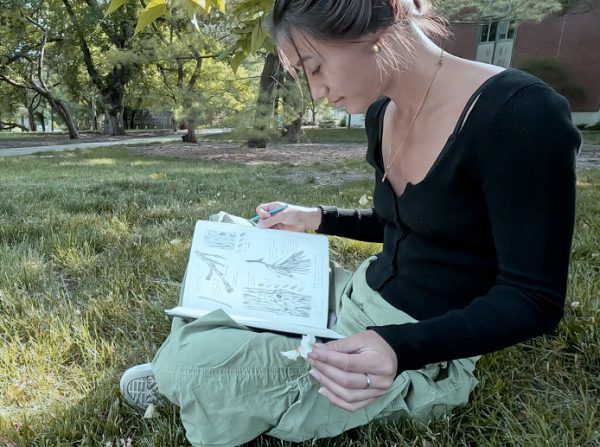
Employers in science research, instructional design, visual communication, and many other fields are hiring for such unique jobs as:
- Scientific Illustrator
- 3D Modeling Artist
- Biomedical Animator
- Healthcare Communication Specialist
- Freelance Illustrator
- Museum/Exhibit Designer
- UX/UI Designer
- Scientific Writer/Editor
- Instructional Designer
Additionally, many students concentrate their study on a premedical illustration track with the aim to attend graduate school to become medical illustrators.
These careers allow you to blend your artistic talents with a deep understanding of science, making a significant contribution to fields like healthcare, research, education, climate science, and public awareness of biological and medical concepts. Get to know the LAS career services team to help you explore the many career opportunities a degree in scientific illustration and visualization can open for you.
A Cyclone in the making
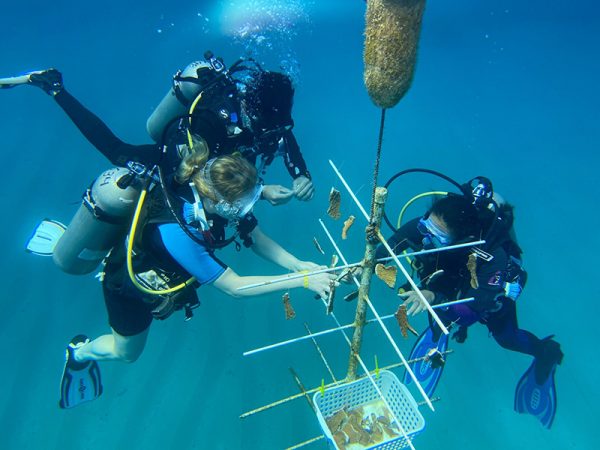
At Iowa State, learning happens inside and outside the classroom.
Work with award-winning faculty and staff mentors who are on the cutting edge of illustration and visualization. Participate in undergraduate research and possibly even make it your campus job. The College of Liberal Arts and Sciences (LAS) Dean’s High Impact Awards for Undergraduate Research support student researchers financially.
Scuba dive in the Caribbean waters off the island of Roatán and engage in underwater field sketching, design illustrations for leading academic journals, apply for student grants that support your very own art passion project, attend national conferences and network with industry experts — your opportunities are endless at Iowa State.
